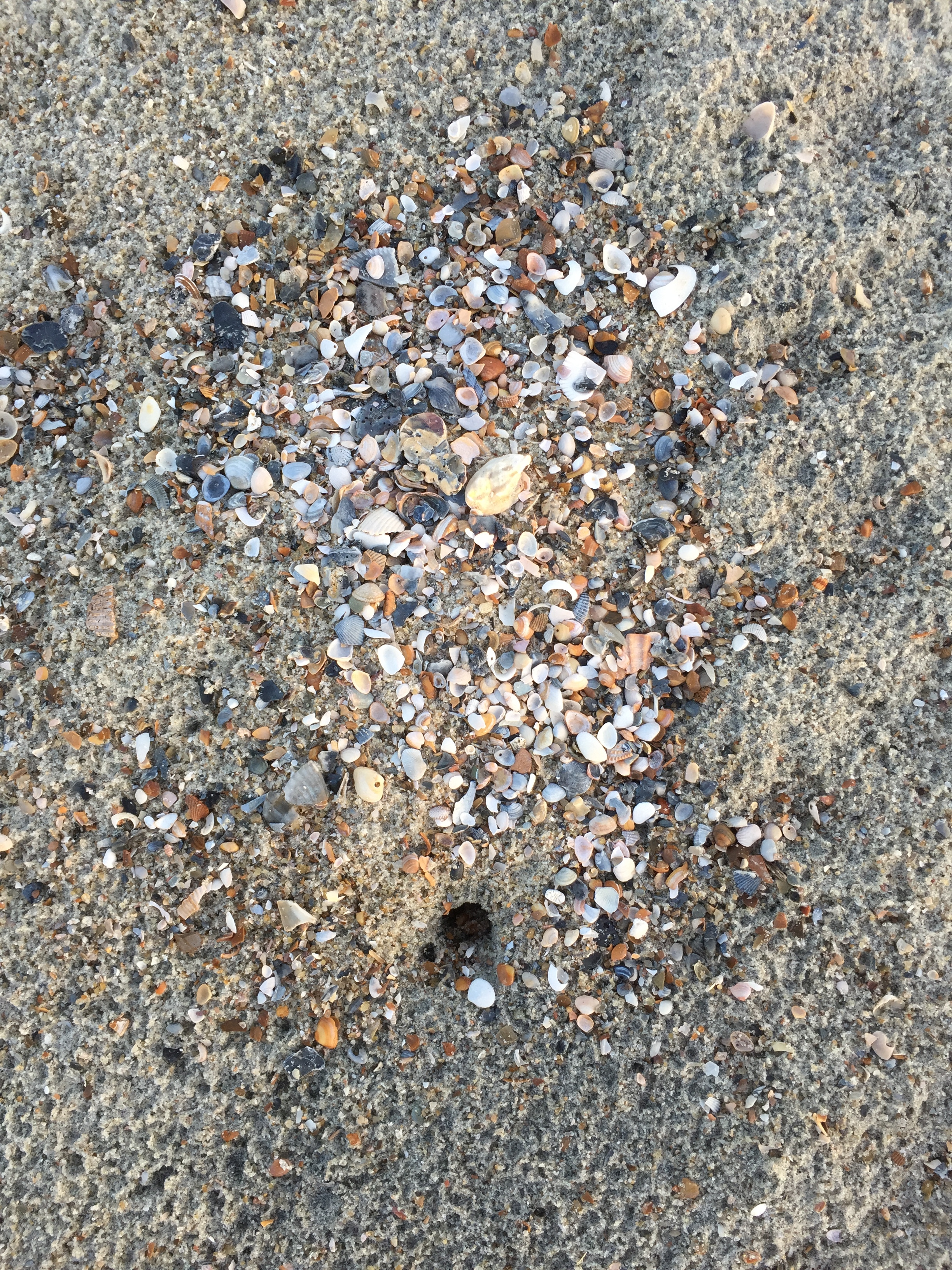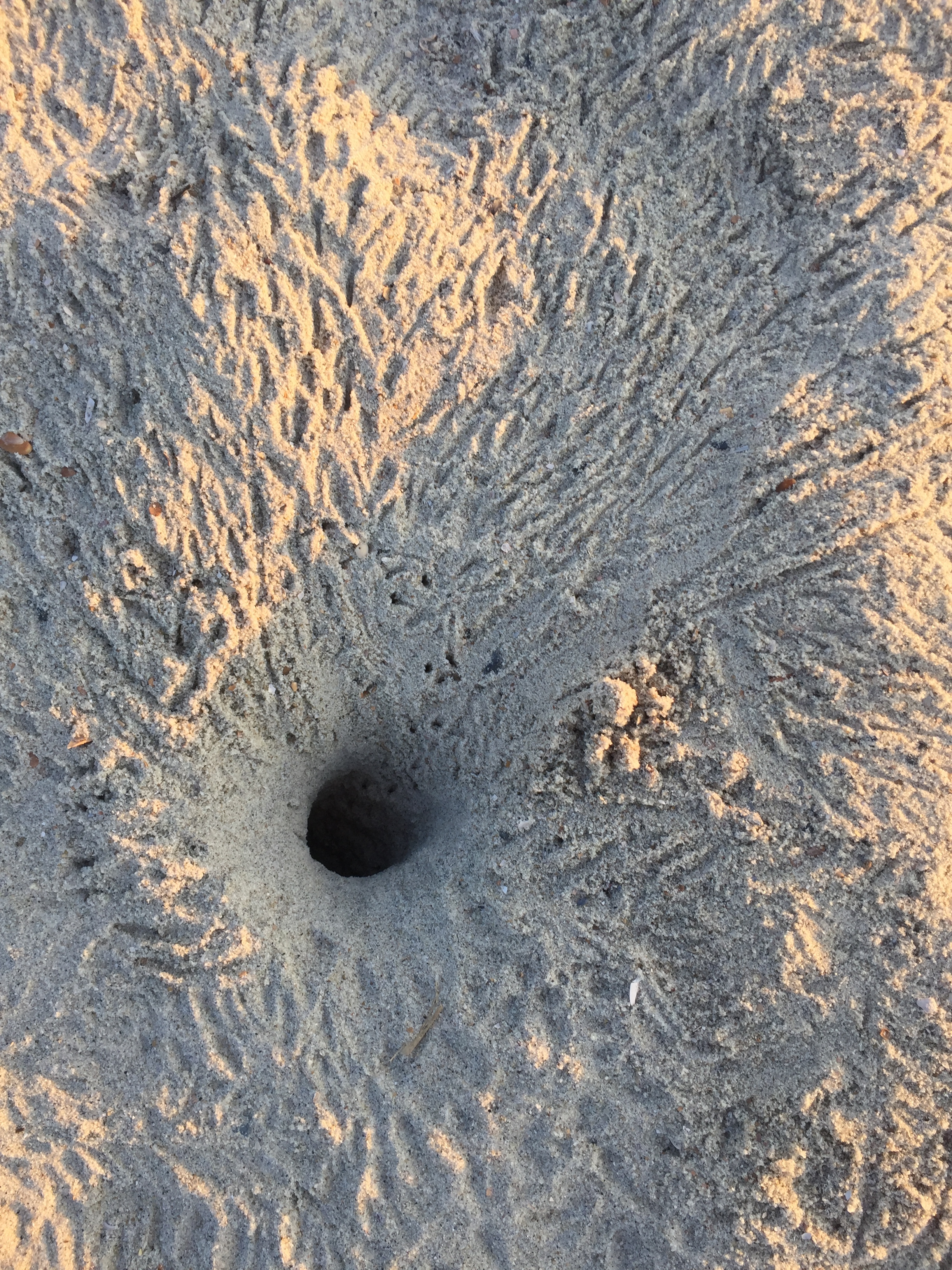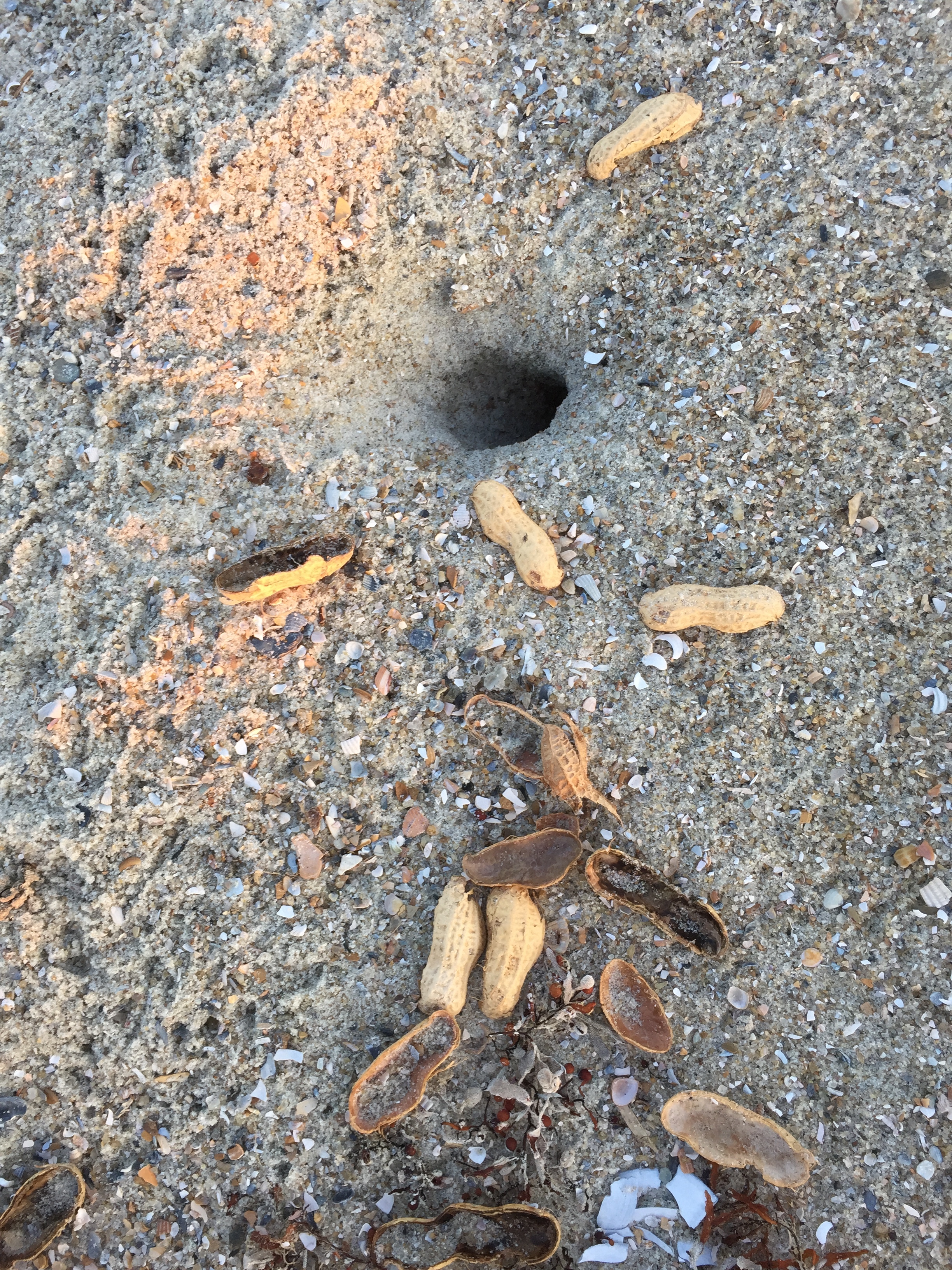A Gleam in the Gloom
/Even on days when the sun struggles to shine, in the low light and clouds of winter, jingle shells shimmer, and like a magpie I run to them. A large orange jingle was my first prize shell when I was a little girl in a gingham bathing suit, whose back side was more tanned than her front, ever leaning over to see what shells the waves brought in. So they are for me a memory trigger, too, of treasure found. I’ve never found a paper nautilus or a junonia or even a shark’s tooth, but I get almost as excited by a pretty jingle as I do by more rare shells.
That common shell’s gleam in the gloom reminds me a little of the Viking’s mineral sunstones that historians suggest were used for navigation in stormy weather—they could perceive light and thus celestial positions even on the most cloud- or snow-cloaked days. It should be a Winter Solstice symbol…glimmering hope in the darkness.











